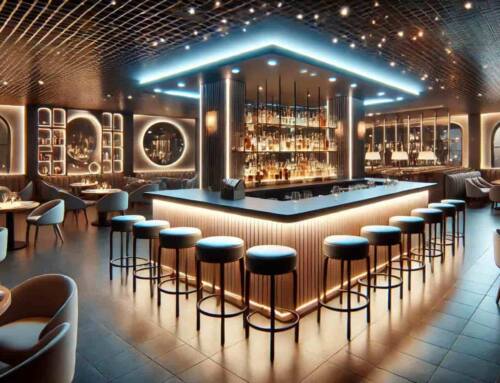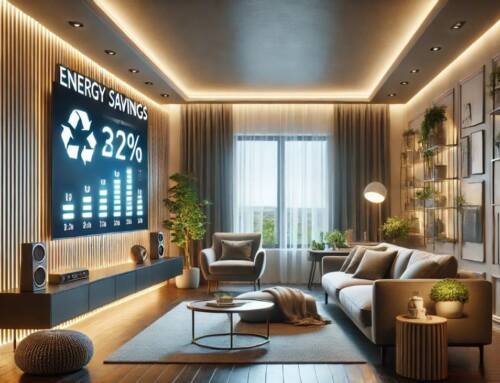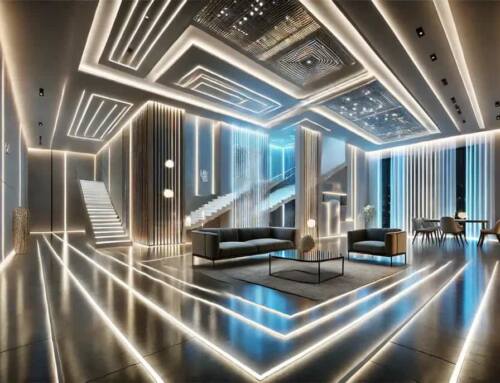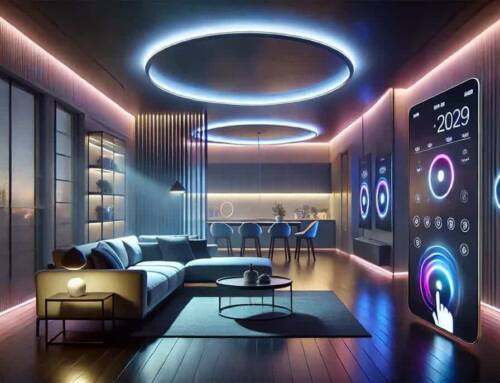Programmable effects of LED strip lights
LED strip lights have revolutionized lighting in homes and commercial spaces thanks to their energy efficiency, durability, and ability to create a wide variety of programmable effects.
These effects allow for the customization of any environment, adapting to different needs and preferences.
What visual effects do LED lights produce?
LED strip lights can be programmed to create various visual effects, ranging from simple color changes to complex sequences synchronized with music.
Some of the most popular LED light effects include:
- Color changing: the lights can alternate between different colors gradually or instantly, creating a dynamic and vibrant atmosphere.
- Smooth transitions: the slow color-changing capability of LED lights helps in creating a serene atmosphere.
- Flashing: the lights can blink at different rates, ideal for events or parties where a striking effect is desired.
- Music synchronization: with this effect, LED strips can be programmed to move to the rhythm of the music, bringing spaces to life during concerts, parties, or social gatherings.
- Chasing effects: the lights appear to move in one direction along the strip, creating a continuous motion effect that can be used on stages or to highlight specific areas.
Additionally, it’s important to consider the radiation emitted by LED lights. They emit very little ultraviolet (UV) radiation and almost no infrared (IR) radiation, making them safer for everyday use.
Regarding the least harmful light for health, warm-toned LEDs are ideal as they have less impact on the sleep cycle.
What are the advantages and disadvantages of LED lights?
LED lights are highly efficient in terms of energy consumption, and their lifespan is longer than traditional bulbs, reducing the need for frequent replacements and generating less waste.
They are eco-friendly because they do not contain mercury or other toxic materials. They operate at lower temperatures, reducing the risk of burns or fires.
However, common questions arise, such as, “What happens if I sleep with LED lights on?” or “What happens if I use an LED lamp excessively?“
Sleeping with LED lights, especially cool-toned ones, can interfere with the sleep cycle, while excessive use of high-intensity LED lights can cause visual fatigue.
It’s not that LED strip lights are bad for you; rather, it’s essential to use them moderately and choose appropriate light tones.
At SIRS-E, we are leaders in LED lighting solutions
At SIRS-E, we are committed to offering the best LED lighting solutions, including LED strips and light tapes from leading manufacturers.
Contact us for more information about our online catalog; we will be delighted to provide you with high-quality products.












Leave A Comment
You must be logged in to post a comment.